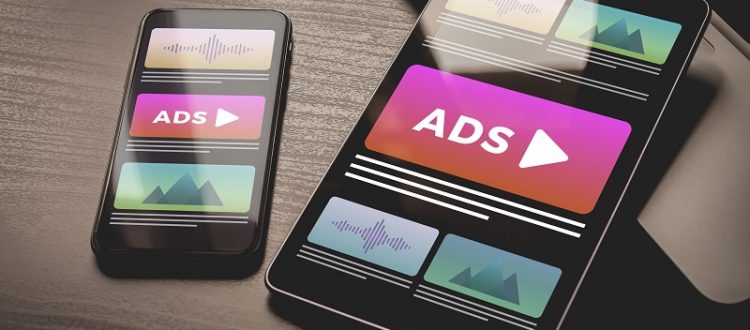Why You Should Adopt Programmatic Advertising
To put it simply, programmatic advertising uses artificial intelligence and machine learning to buy advertising in real-time without going through the hassle of human negotiations and pre-fixed prices.
Programmatic exists across multiple digital channels – display, mobile, video and social media.
While programmatic was once more suited for big media agencies with large budgets, the development of self-service tools is making it more accessible to smaller companies to adopt its power.
Most of programmatic uses real-time bidding (RTB), a method of buying and selling ads through real-time auctions. Transactions are made within the timeframe it takes a webpage to load (about 100ms).
At the same time a user visits a website, a request is sent to an ad exchange with information that is then matched against available advertisers in a real-time auction. The winning bid gets to display its ad on the webpage.
This all used to happen manually, but RTB allows for improved and faster targeting. It’s significantly more efficient – only visitors who are in your target audience will see your ad.
Programmatic direct and private exchange buying (PMP) are two other ways of programmatic advertising.
Programmatic direct is a way to buy a guaranteed number of impressions on a specific site, usually for full-page ads, and typically involves a fixed-price agreement than an auction.
PMP is an invite-only marketplace – a certain number of publishers will invite certain advertisers to bid on inventory space. While an auction does take place, terms are often pre-negotiated and it’s a more manual process than RTB.
Now let’s turn to an ad exchange. An ad exchange is where publishers and advertisers come together to agree on a price to display their ads. Most times, ad exchanges operate through real-time auctions, so at the time a visitor loads a webpage, an ad purchase is made. The ad exchange is plugged into a Demand-Side Platform (DSP) on the advertiser’s side and a Supply-Side Platform (SSP) on the publisher’s side. A DSP helps advertisers organize programmatic media buying, while a SSP is what publishers use to connect their inventory to the ad exchange.
A lot sits in the future of programmatic. Two trends that are looking big right now focus on accessibility. Self-service platforms are making it easier for smaller brands to compete with brands with bigger budgets, and with the rise of self-service platforms, brands can take their ad buying in-house, as opposed to relying on agencies or middlemen.
Want to learn how programmatic can help you take your advertising to the next level? Check out 4 reasons you should adopt programmatic advertising.

